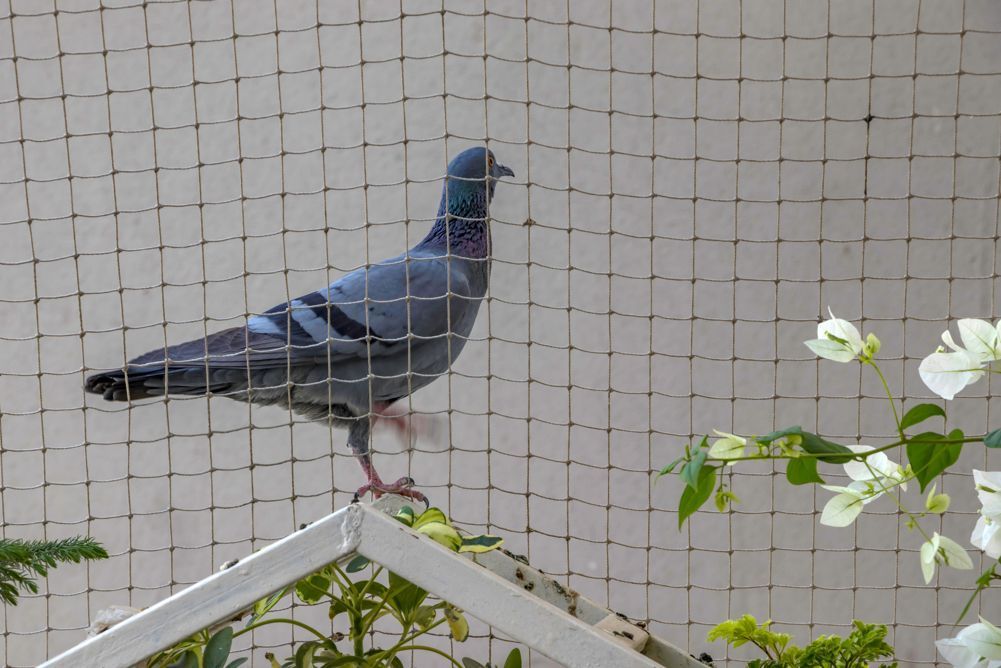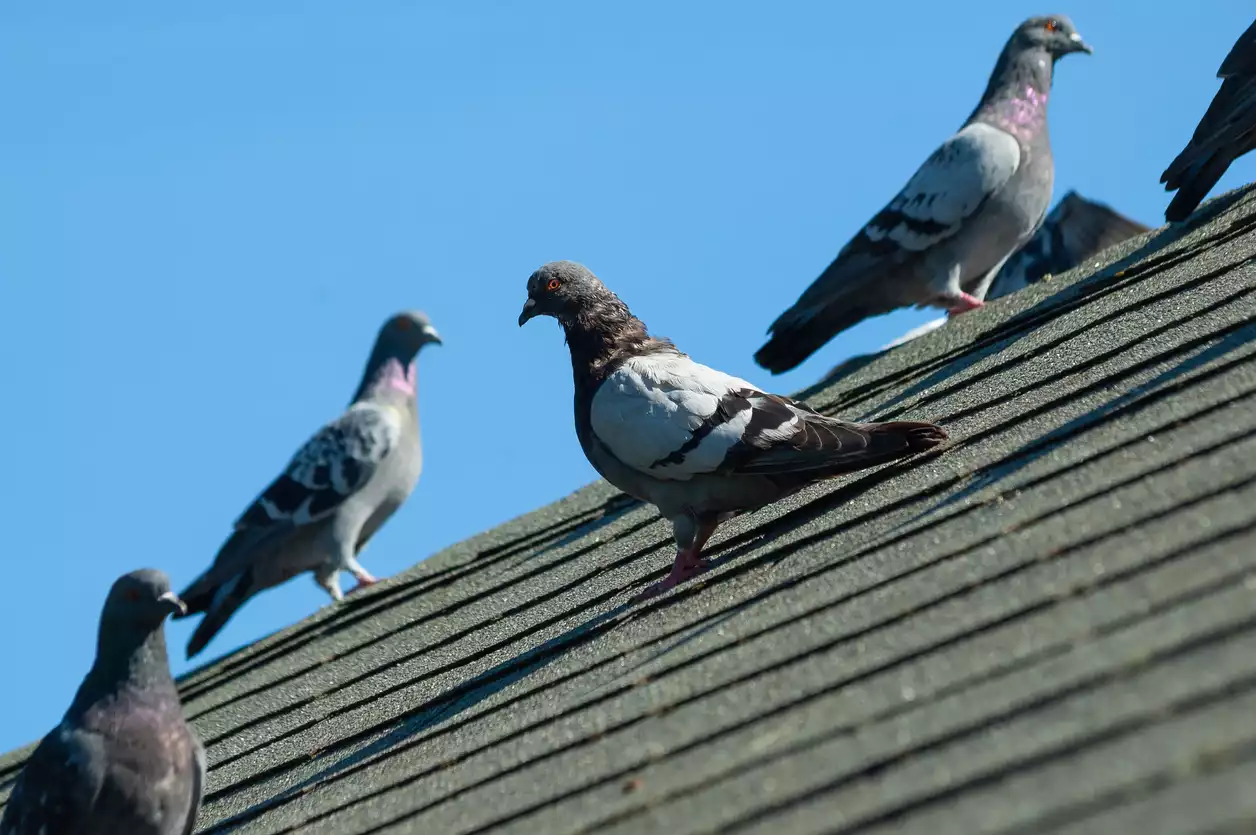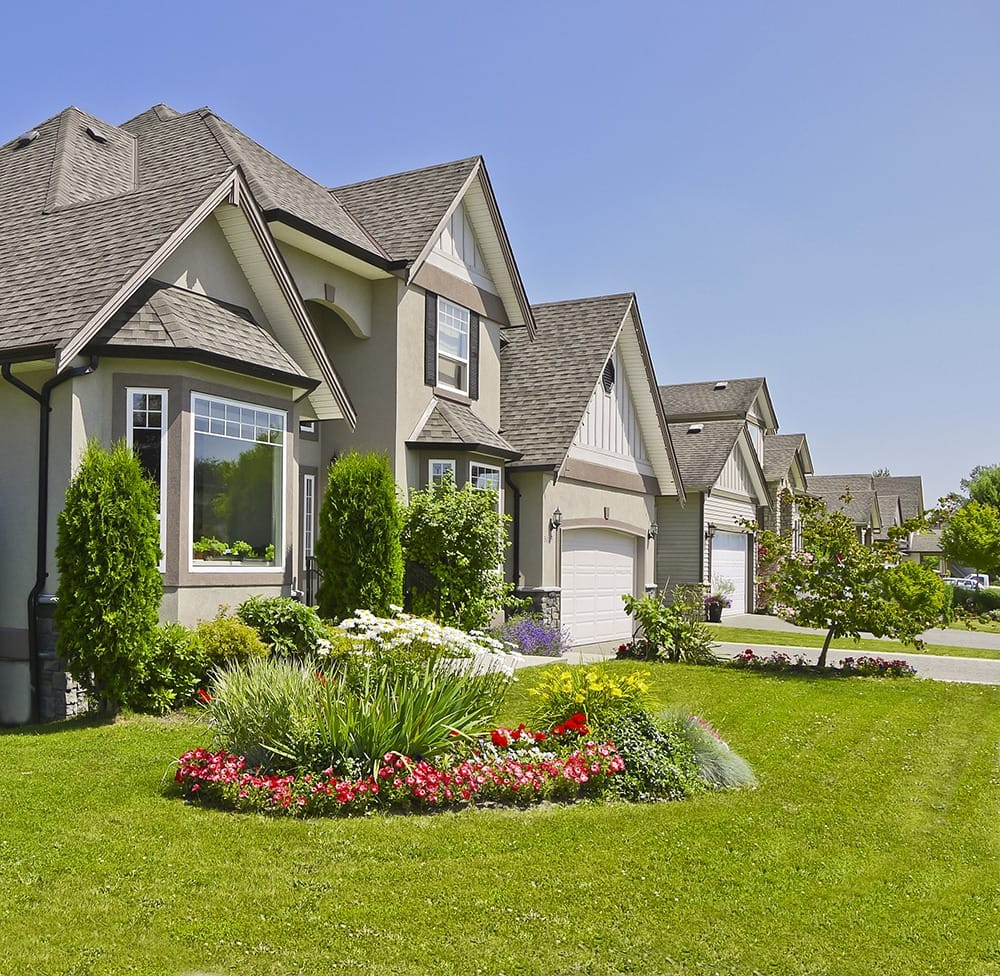
Pigeons can quickly become a nuisance for property owners, causing damage and creating unsightly messes. Protecting your property from these persistent birds requires a combination of proactive measures and effective deterrents. Implementing a comprehensive pigeon control strategy can significantly reduce their presence and minimize the associated problems.
Successful pigeon management starts with understanding their behavior and preferences. These birds are attracted to areas that provide food, water, and suitable nesting sites. By addressing these factors, you can make your property less appealing to pigeons. Removing potential food sources, blocking access to roosting spots, and using visual deterrents are all effective ways to discourage pigeon activity.
For those facing persistent pigeon problems, a pigeon control program by OvoControl offers a humane and long-term solution. This innovative approach uses birth control to gradually reduce pigeon populations without harm to the birds or the environment.
Key Takeaways
- Implement multiple deterrent methods to effectively discourage pigeons
- Remove food sources and block access to nesting areas
- Consider humane population control options for long-term management
Effective Pigeon Deterrent Strategies

Implementing a combination of physical barriers and sensory deterrents can effectively discourage pigeons from roosting on your property. These methods are humane and environmentally friendly, offering long-term solutions to pigeon problems.
Physical Barriers and Repellents
Bird netting is a highly effective barrier, preventing pigeons from accessing roofs, balconies, and other structures. It’s durable and can be customized to fit various spaces. Anti-roosting spikes, made of plastic or stainless steel, create an uneven surface that pigeons find uncomfortable to land on. These can be installed on ledges, window sills, and roof edges.
Weatherproof string or wire can be strung across potential roosting areas, making it difficult for pigeons to perch. Spike strips offer another option, creating a barrier that pigeons cannot land on. For larger areas, consider installing sloped covers on flat surfaces to prevent pigeons from settling.
Auditory and Visual Deterrents
Reflective surfaces can disorient and deter pigeons. Reflective tape or foil balloons placed strategically around the property can be effective. These items catch the light and create movement that pigeons find unsettling.
Laser devices designed for bird control can be used to create patterns that pigeons perceive as threats, encouraging them to leave the area. However, care must be taken to use these responsibly and safely.
Ultrasonic devices emit high-frequency sounds that are unpleasant to pigeons but inaudible to humans. These can be particularly useful in enclosed spaces or near building entrances.
Visual scare tactics like predator decoys (owl or hawk figurines) can deter pigeons when placed in visible locations and moved regularly to maintain their effectiveness.
Proactive Measures to Protect Your Property

Taking preventive steps can effectively deter pigeons from roosting and nesting on your property. These measures range from simple home modifications to more specialized solutions.
Maintaining and Securing Common Nesting Areas
Identify and secure potential nesting sites around your property. Install bird netting over open areas like balconies, eaves, and rafters. This physical barrier prevents pigeons from accessing these spaces.
Seal off gaps and holes in roofs and walls with durable materials. Pigeons often exploit these openings to build nests.
Keep your roof clean and well-maintained. Remove any existing nesting materials promptly to discourage pigeons from returning.
Install anti-roosting spikes on ledges, window sills, and other flat surfaces where pigeons might perch. These devices make it uncomfortable for birds to land and roost.
Non-Conventional Deterrents and Home Remedies
Visual deterrents can be effective in keeping pigeons away. Reflective tape, fake predators like plastic owls or snakes, and wind chimes can create an unwelcoming environment for pigeons.
Use scent-based repellents. Peppermint essential oil or other strong-smelling substances can deter pigeons from certain areas.
Install motion-activated sprinklers in your yard. The sudden burst of water will startle pigeons and discourage them from returning.
Consider ultrasonic devices that emit high-frequency sounds unpleasant to pigeons but inaudible to humans.
Modify bird feeders to be pigeon-proof. Use feeders with small perches or cages that allow smaller birds access but exclude larger pigeons.
Seeking Professional Assistance and Removal
For persistent pigeon problems, consult professional pest control companies. They can provide specialized solutions tailored to your property’s specific needs.
Pest control experts can implement more advanced deterrent systems, such as electric shock tracks or professional-grade netting installations.
Some companies offer humane pigeon removal services, relocating birds to more suitable habitats away from residential areas.
Consider hiring a professional falconer. The presence of trained birds of prey can effectively deter pigeons from an area.
Professionals can also advise on long-term strategies to make your property less attractive to pigeons, addressing factors that might be drawing them to your area.
Conclusion
Protecting your property from pigeons requires a multi-faceted approach. Implementing deterrents like bird spikes, netting, and reflective objects can effectively discourage roosting. Sealing potential entrances and eliminating food sources are crucial preventive measures. By combining these strategies and maintaining vigilance, property owners can significantly reduce pigeon-related issues and maintain a cleaner, more comfortable environment.

